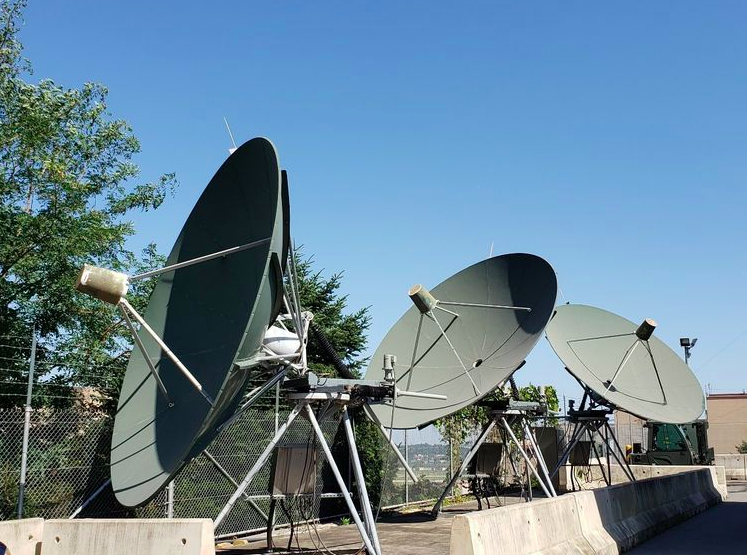
The US Army and Northrop Grumman have deployed enhanced Joint Tactical Ground Station (JTAGS) capabilities in South Korea, advancing battlespace awareness and missile defence in the region.
This deployment marks the completion of phase one of the JTAGS modernisation program. The system was first fielded in tactical shelters in 1997 to provide in-theater missile warning using data directly from satellite sensors.
“This is a tremendous milestone in our decades-long mission of delivering missile warning and defense capabilities to protect our joint warfighters and allies,” said Kenn Todorov, vice president and general manager, combat systems and mission readiness, Northrop Grumman. “JTAGS is vital to warfighters and of growing importance as we create true Joint All-Domain Command and Control systems, especially as we find new ways to integrate and leverage space-based assets.”
JTAGS receives and processes data directly down-linked from the Overhead Persistent Infrared (OPIR) constellation of satellites, including Defense Support Program and Space Based Infrared System (SBIRS) sensors, and other infrared satellite sensors. JTAGS then disseminates near-real-time warning, alerting and cueing information on ballistic missile launches and other tactical events of interest throughout the theater using multiple communications networks.
Under the phase one modernisation effort, Northrop Grumman and the Army installed JTAGS Block II in permanent facilities in Japan, Qatar, Italy and the Republic of Korea, with updates to hardware, software and communication systems, and enhancements to cyber-security and the soldier-machine interface. The deployments included soldier training and exercise support capabilities.
Northrop Grumman is already executing phase two of the JTAGS Pre-planned Product improvement (P3I) modernisation program, delivering additional sensor processing capabilities and updating software architecture.
Under the direction of the JTAGS Product Office, Integrated Fires Mission Command (IFMC) Project Office, Redstone Arsenal, Alabama, Northrop Grumman has been the JTAGS prime contractor since 1994, responsible for developing, fielding, maintaining and enhancing the system worldwide.
image courtesy of Northrop Grumman
If you would like to join our community and read more articles like this then please click here







